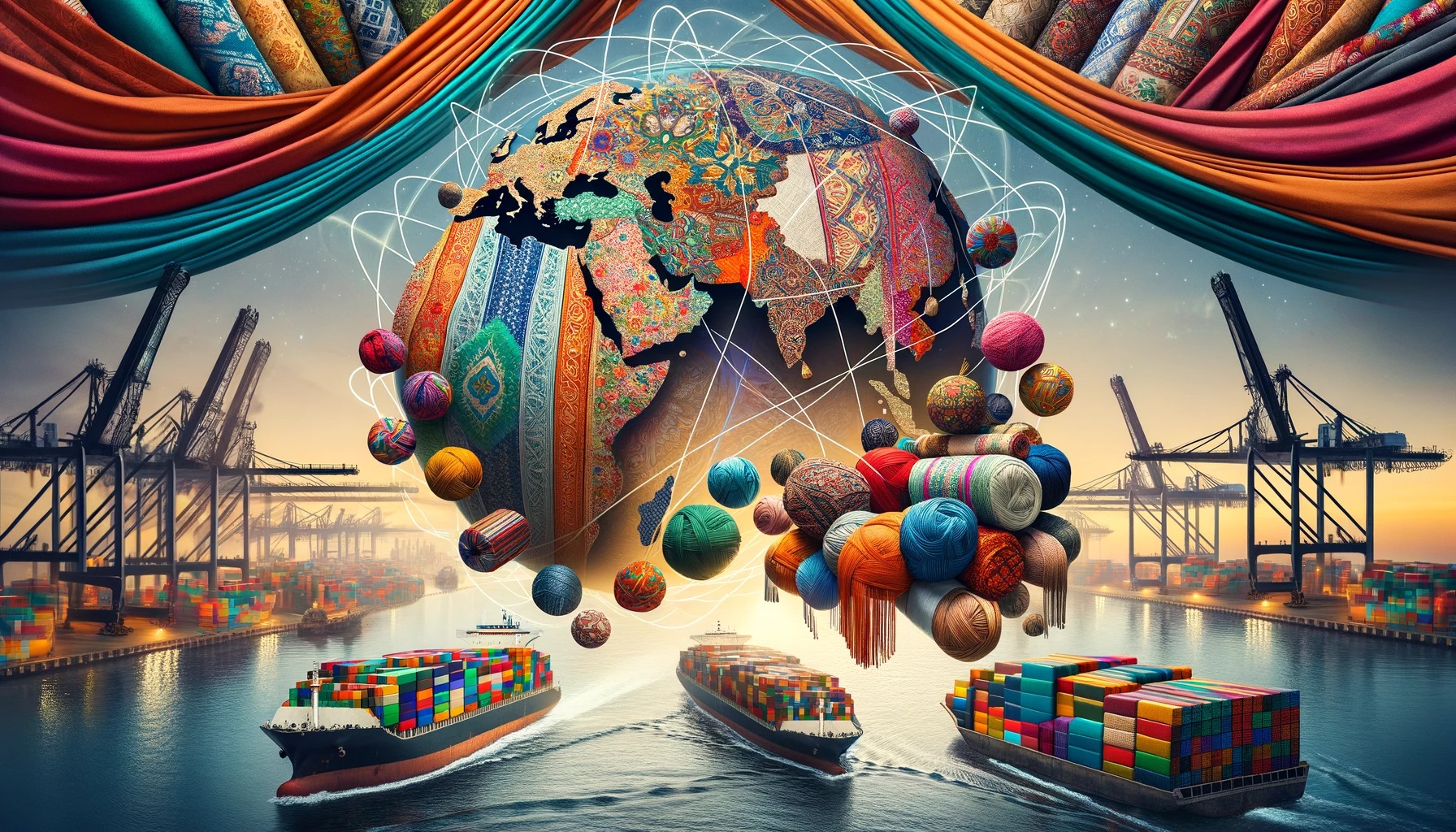Pakistan Textile Exports witnessed almost 5% decline during first half of the 2023-24 financial year from Jul-Dec. The latest export figures of July-Dec. 2023 reveal that while value-added segments like knitwear and garments have experienced a downtrend, with declines of 10.71% and 8.93% respectively, raw cotton has seen an extraordinary rise of 374.56%. Though impressive, this spike in raw cotton exports underscores a critical strategy gap: the underutilization of our capacity to produce higher-value products.
With cotton cloth and Cotton CRD/CMD (carded and combed) exports also decreasing by 13.10% and 27.41%, it’s clear that selling raw materials like cotton and yarn is no longer sufficient. It’s a shortsighted victory to celebrate the gains in raw cotton and yarn when it’s the finished goods that carry the mark of economic wisdom.

Focus on value-addition
To transform textile narrative, Pakistan must shift its focus to value-added exports. By converting more raw cotton and yarn into high-quality finished products, it can significantly increase its export value.
Invest in Innovation
To stay ahead, Pakistan must invest in research and development, especially in areas like synthetic fibers and non-cotton yarn, where we see a -13.85% decline. Embracing new materials and technologies can lead to diversified, high-value products that cater to a broader market.
Upskill and Reskill
Pakistan’s workforce is its greatest asset. Upskilling its artisans and workers in modern textile production techniques will enable it to create more sophisticated products. Training programs focused on quality control, new material handling, and design innovation are vital.
Marketing and Branding
A brand is a promise; a signature of quality. Establishing international brands can transform perceptions and add significant value to exports. A concerted effort towards marketing and branding will ensure that Pakistan textiles are not just another commodity, but a preferred choice.
Policy Support
Government policies must be aligned with the value-added goals. This includes tax incentives for value-added sectors, subsidies for technology upgrades, and support for textile education and training initiatives.
The data tells us that the raw material is not where Pakistan Textile story should end. The future of Pakistan’s textile industry lies in its ability to produce and export higher-value items. By crafting a strategy that emphasizes value-addition, innovation, workforce development, branding, and supportive government policies, it can transform its textile exports from simple yarns to elaborate narratives of success.



